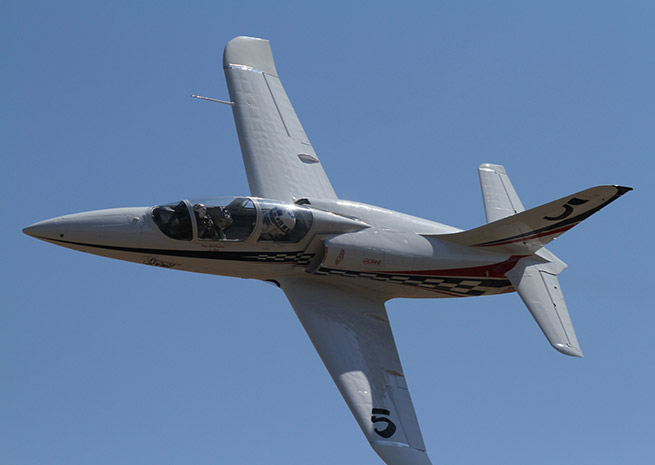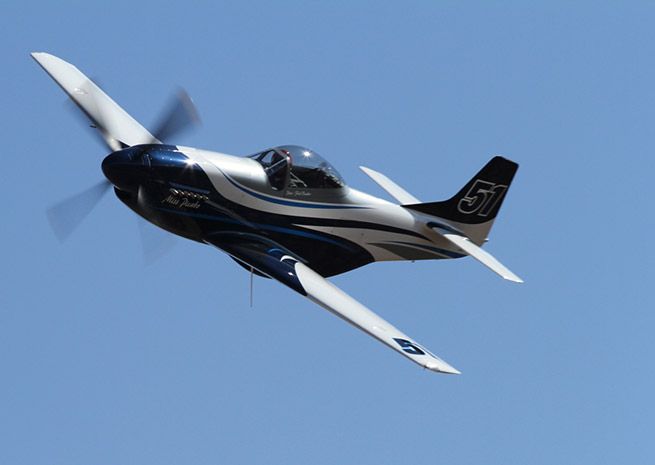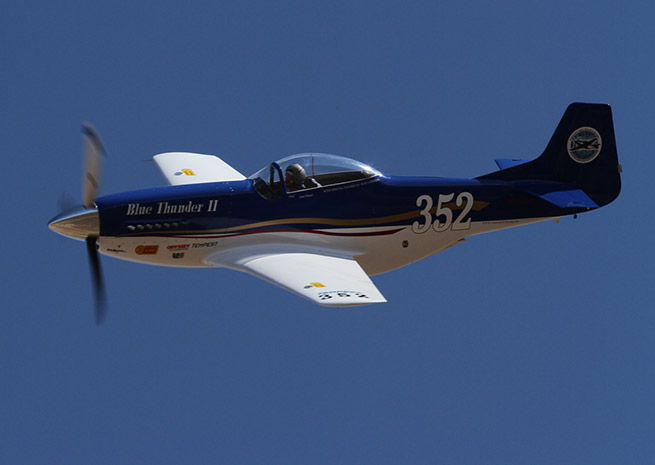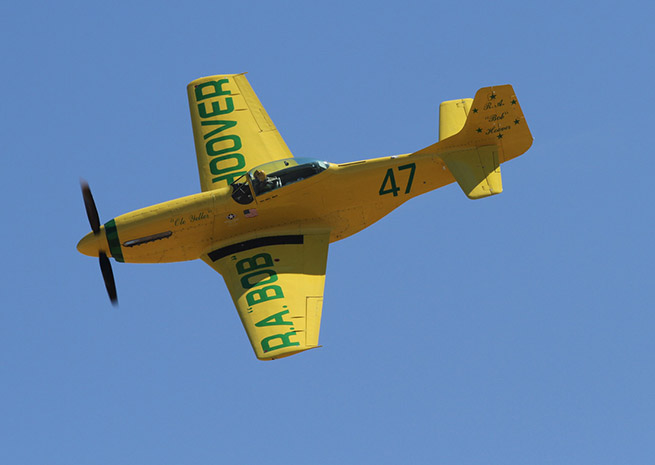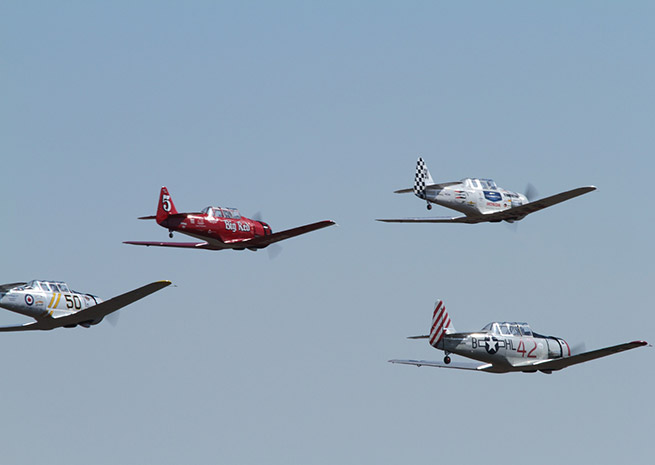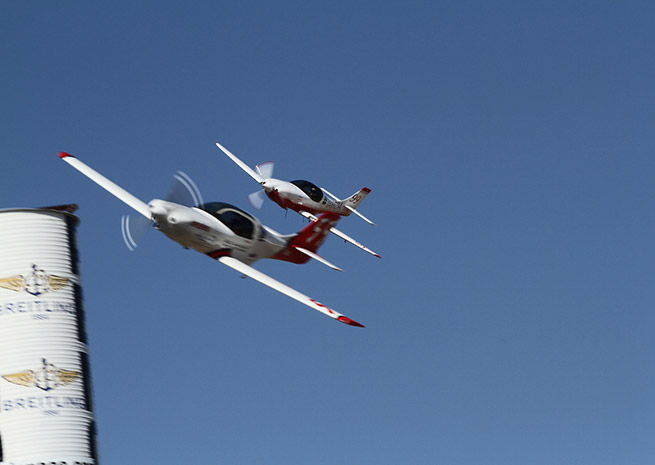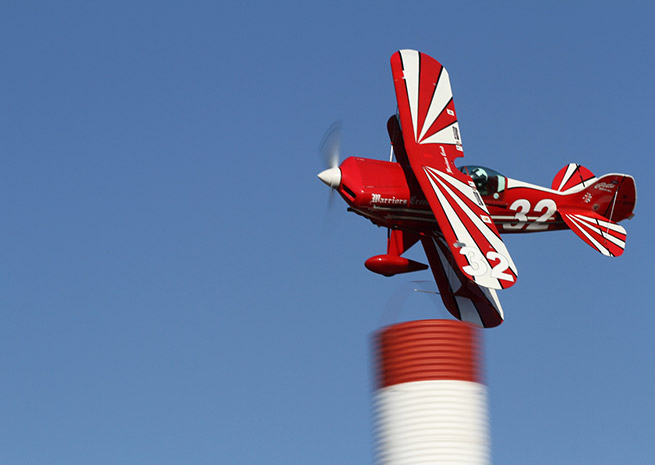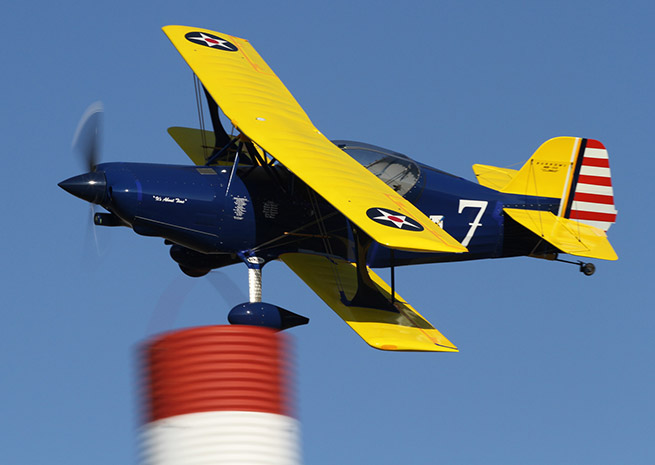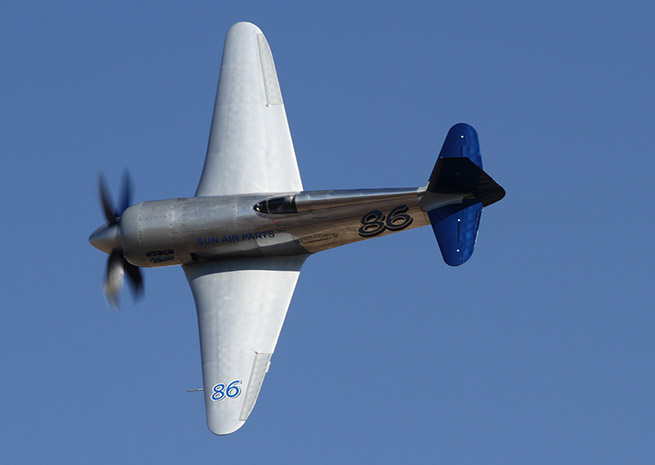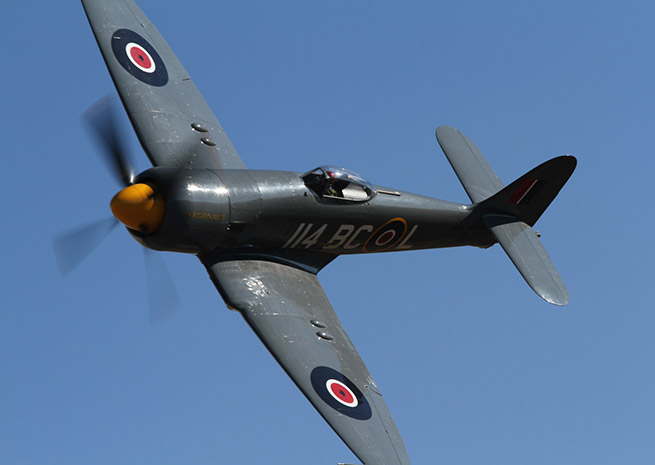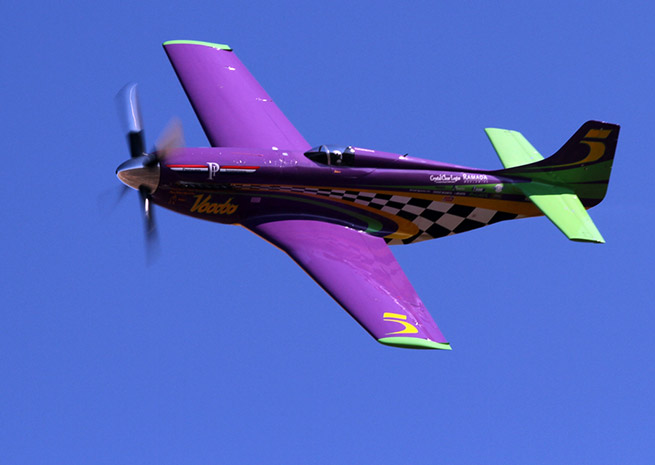
Winning the National Championship Air Races is not easy. Pushing a piston-powered airplane past 500 mph just off the deck with a crowded and capable field in hot pursuit is not easy. Emerging victorious, year after year, is far from easy—Steven Hinton just makes it look that way.
Hinton, 26, completed eight laps and 64.18 miles over Reno, Nev., in just 7 minutes 59 seconds, averaging 482.074 mph for the final race with some early laps topping 500 mph. Flying Voodoo, a P-51 Mustang whose owner enticed Hinton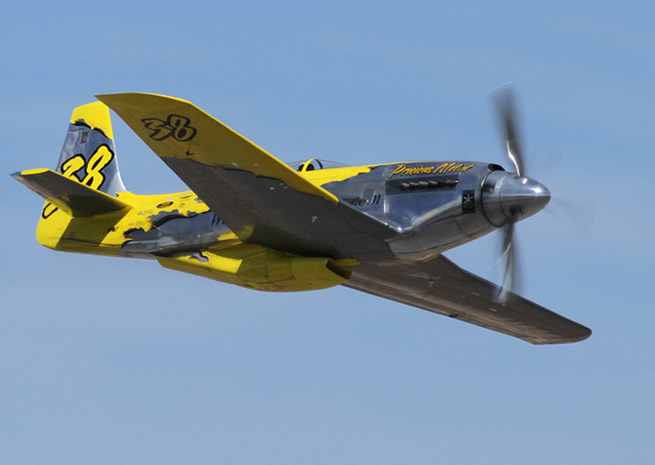 out of a very early retirement from air racing, Hinton crossed the finish line six seconds ahead of the airplane he flew to victory in four straight years leading up to the fiftieth anniversary event: Strega, also a P-51.
out of a very early retirement from air racing, Hinton crossed the finish line six seconds ahead of the airplane he flew to victory in four straight years leading up to the fiftieth anniversary event: Strega, also a P-51.
“I’ve learned after a couple years ago that you don’t take these races for granted anymore,” Hinton told the Reno Gazette-Journal. “Every year that they are put on, it’s a blessing. I can’t imagine my life without the air races. I’m glad I was able to make it back and to make it back in an airplane that could fly at the highest level.”
Hinton previously reached the highest level with four straight wins in Strega, and received the blessing of the owner and former teammates before accepting an offer from Voodoo’s owner, Bob Button, according to the Gazette-Journal. Strega’s new pilot, Matt Jackson, finished hot on Hinton’s heels, averaging a whisker under 475 mph in the Sept. 15 final, according to the official results.
Even with speeds topping 500 mph, the souped-up warbirds were not the fastest competitors welcomed by the Reno Air Racing Association: Pete Zaccagnino of Park City, Utah, turned laps consistently above 500 mph in an Aero L-29 Delfin dubbed Just Lucky, with a winning time of 5:39 in the final, those six laps averaging 509.896 mph.
The race marked 50 years, and a second consecutive year free of tragic mishaps following the 2011 crash of the P-51 Galloping Ghost flown by Jimmy Leeward, who perished along with 10 spectators. The NTSB determined that a combination of mechanical failure and untested modifications led to that disaster. Race officials made a number of changes to improve safety, among them training, changing the course design, and moving spectators farther away.
With changes in place, the event has now logged two relatively trouble-free years. (Jackson, flying Furias, a Hawker Sea Fury, was unhurt in 2012 when the gear collapsed on landing.) According to the Gazette-Journal, there were 18 Mayday calls during race week this year, but all of the aircraft involved landed safely, and there were no injuries.

